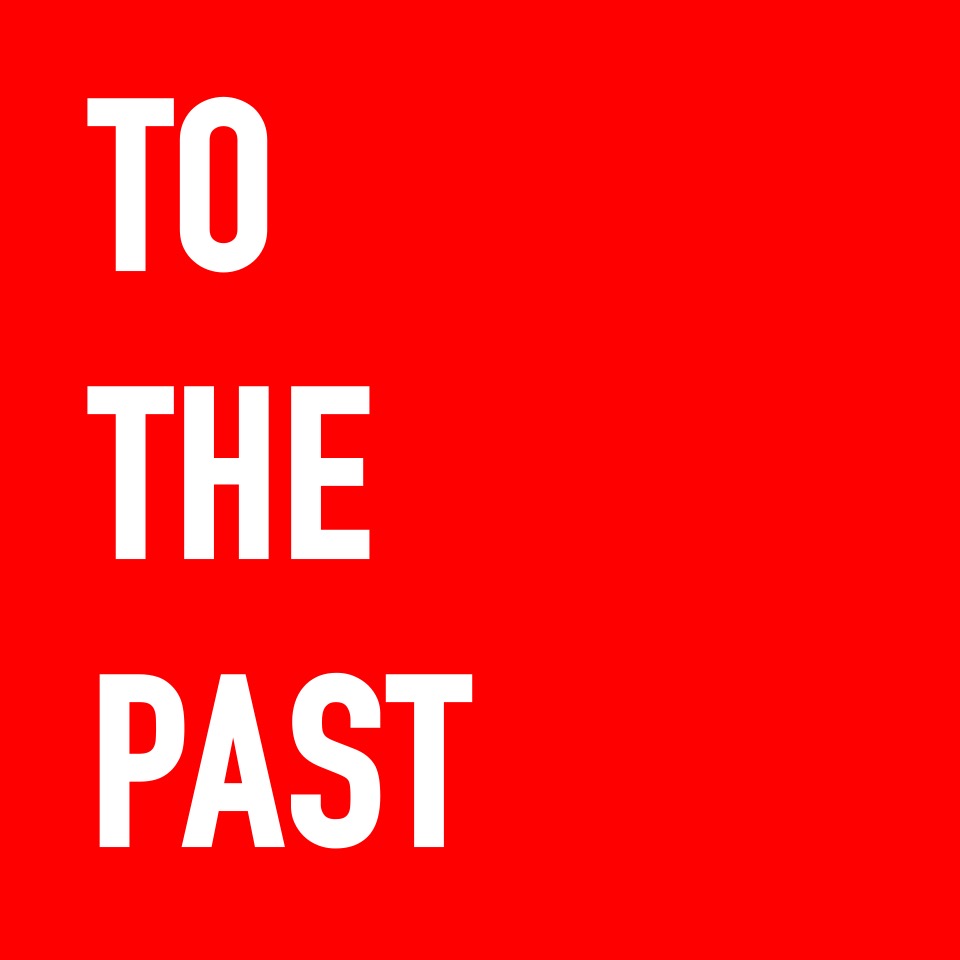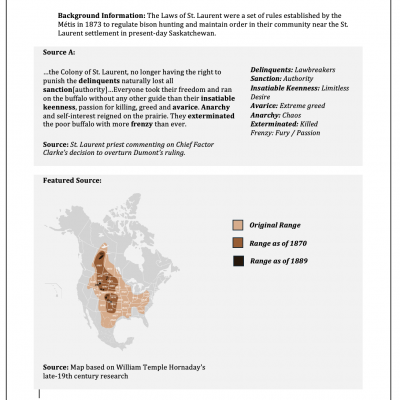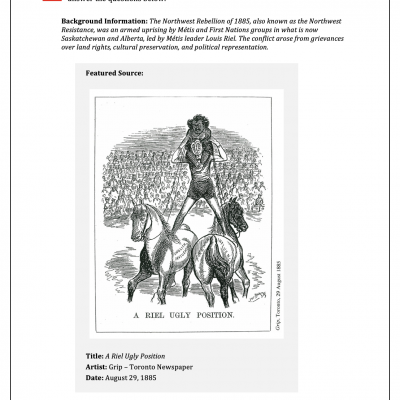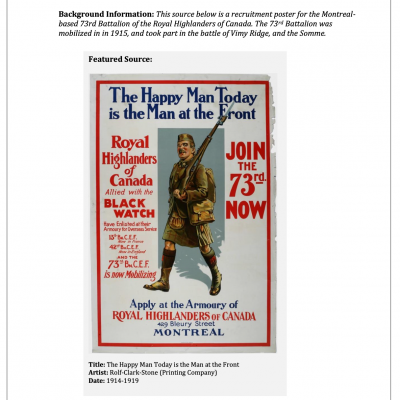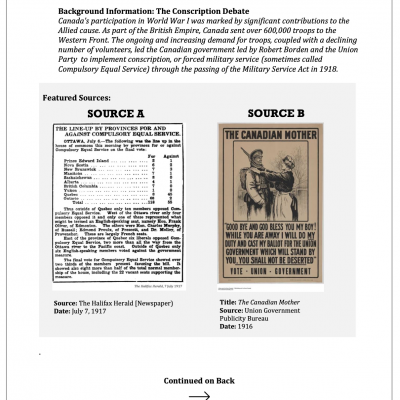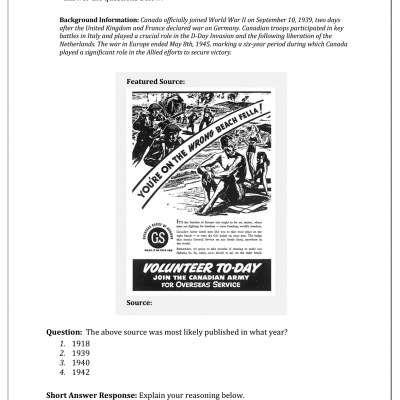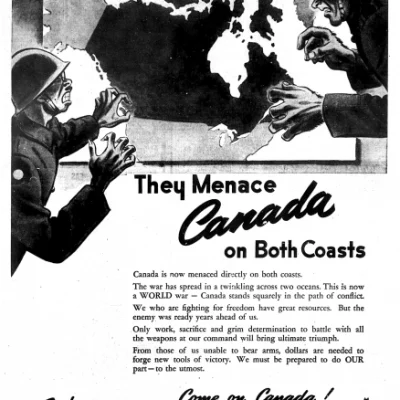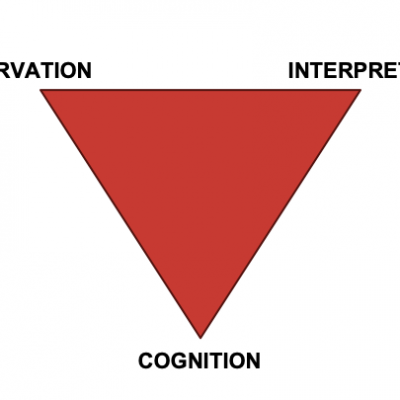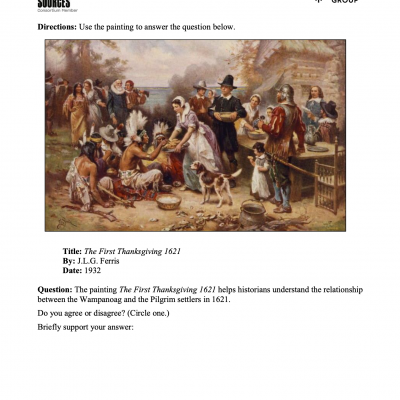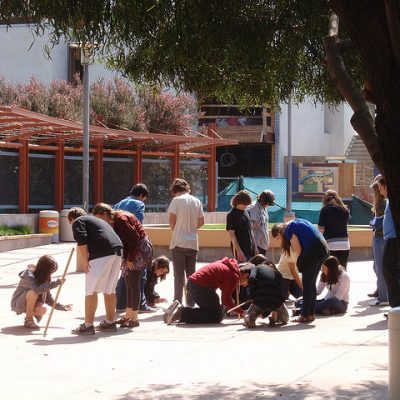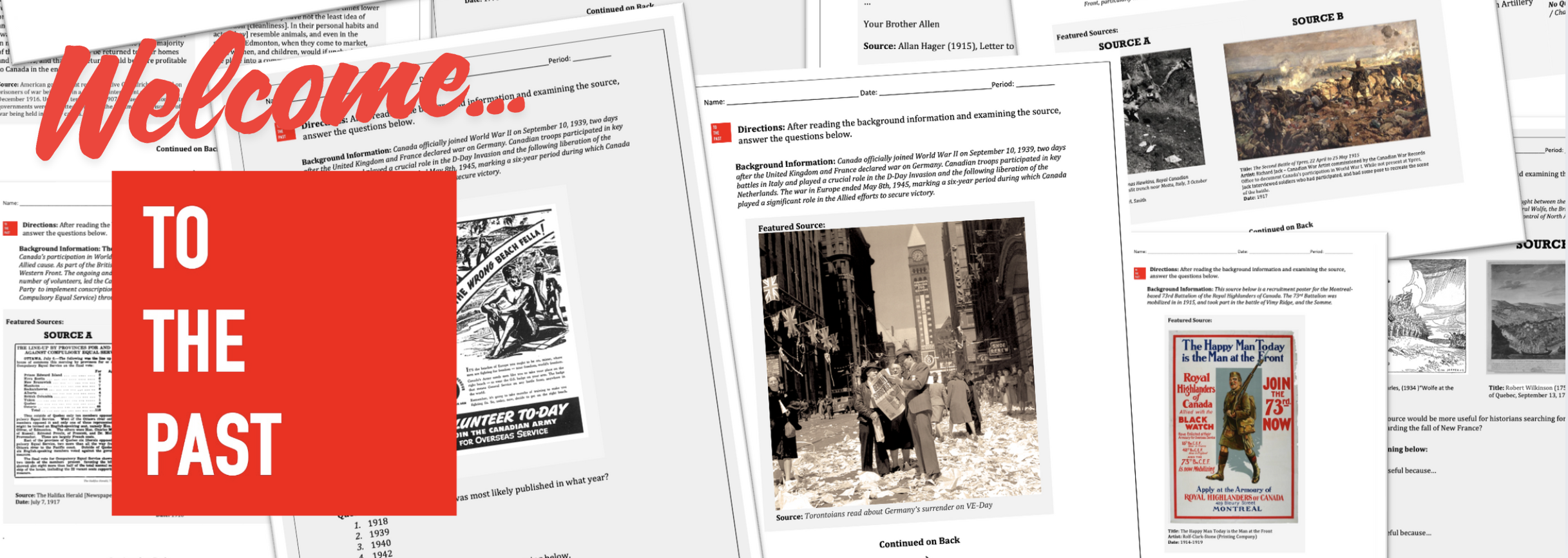

Our Mission
Through Canadian Historical Assessments of Thinking (CHATs), To The Past aims to assist teachers and learners in moving towards a deeper and more robust historical inquiry. CHATs allow students to practice sourcing, contextualizing, closely analyzing and corroborating evidence on a regular basis, developing a familiarity and sophistication when working with primary sources.
Explore Our Resources
About Us
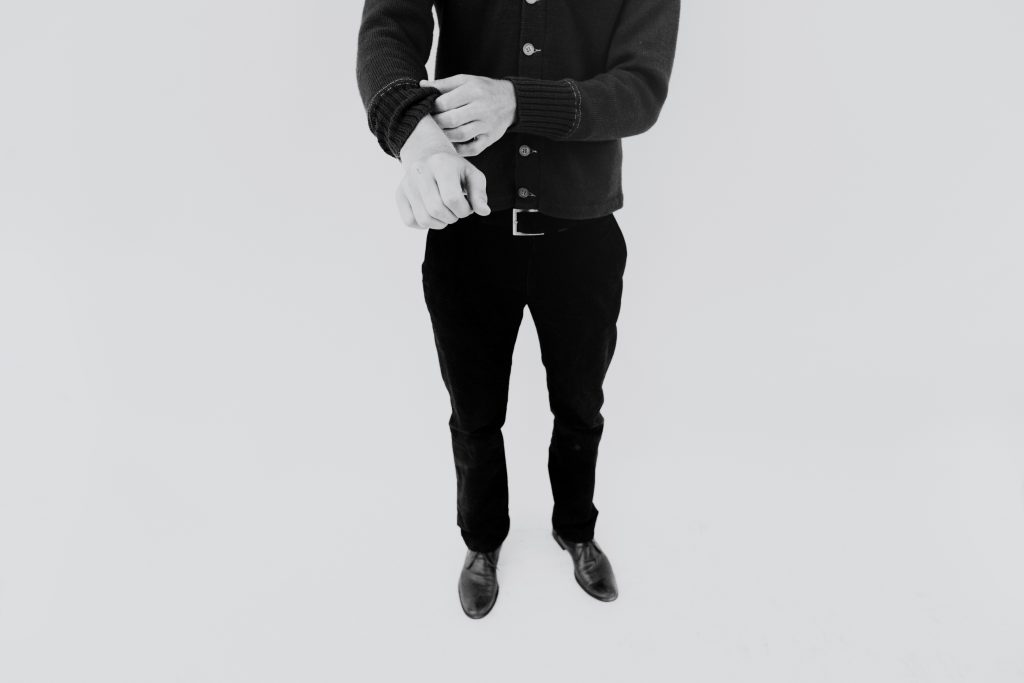
Inspired by the History Assessments of Thinking (HATs) suggested by The Digital Inquiry Group, the To The Past – Canadian History Assessments of Thinking (CHATs) were developed to provide theoretical and practical support for Canadian teachers assessing historical thinking skills.
Nathan John Moes
Founder of To The Past
We’d love to hear your feedback and comments regarding the resources available on the site. Please email: tothepastCA @ gmail.com
